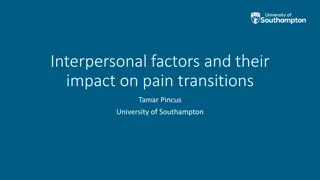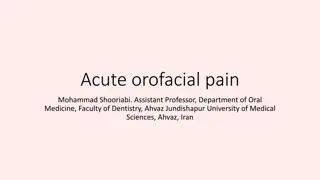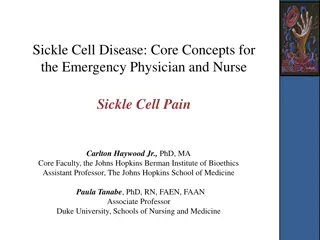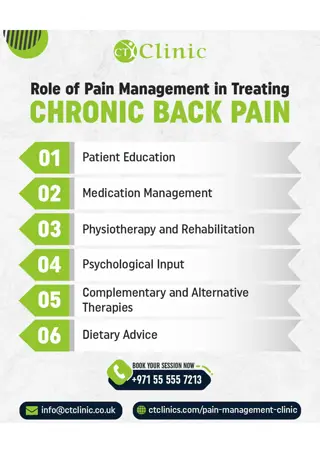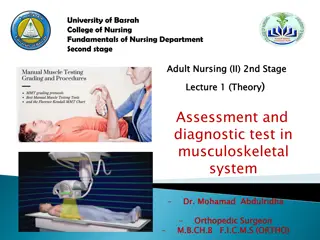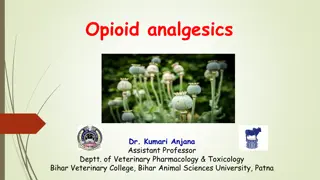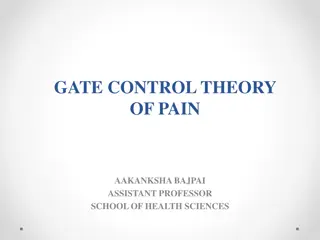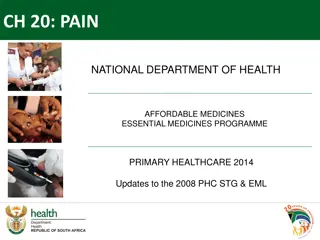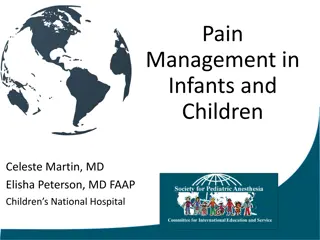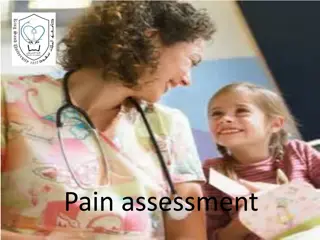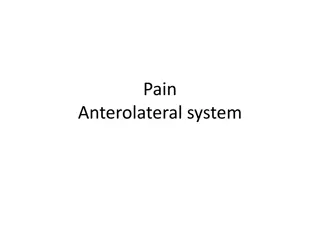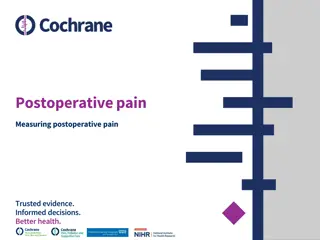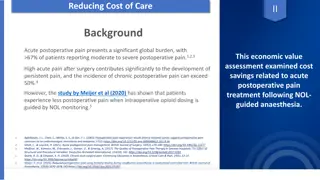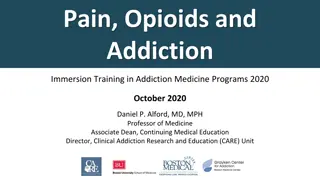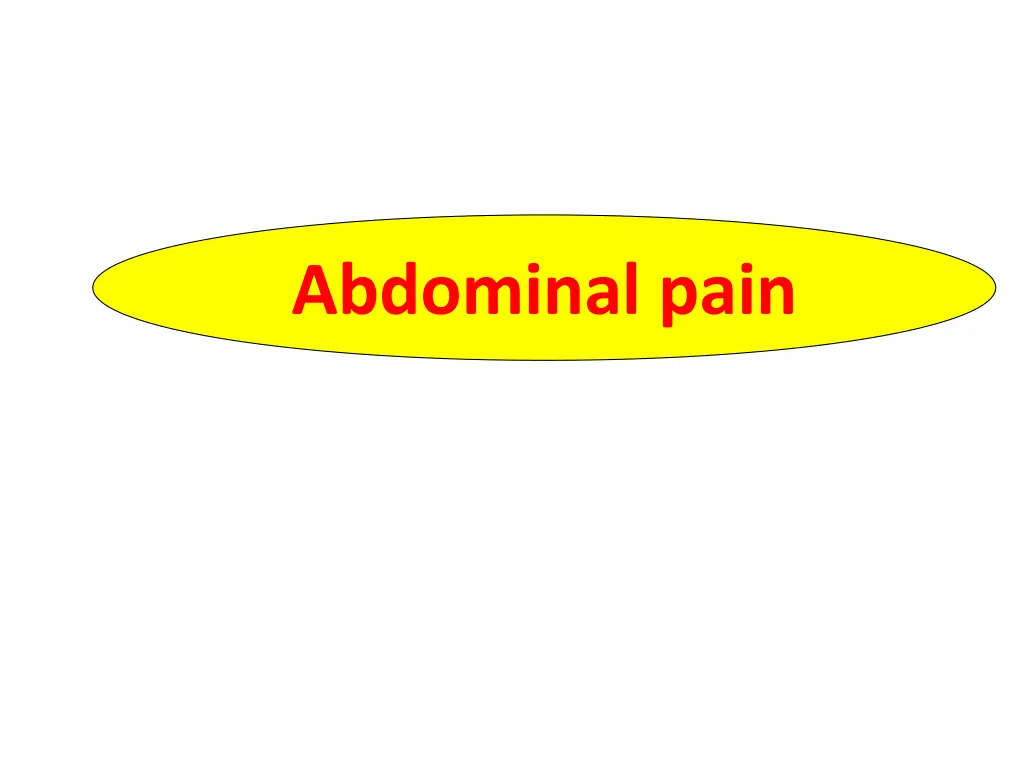
Understanding Abdominal Pain in Children: Causes and Management
Learn about abdominal pain in children, including common causes such as appendicitis, pancreatitis, and urolithiasis. Explore both surgical and medical reasons for abdominal pain, as well as referred and recurrent types. Discover the distinction between functional and organic abdominal pain, along with characteristic features and associated conditions. Understanding the various aspects of abdominal pain in children can help in timely diagnosis and appropriate management.
Download Presentation

Please find below an Image/Link to download the presentation.
The content on the website is provided AS IS for your information and personal use only. It may not be sold, licensed, or shared on other websites without obtaining consent from the author. If you encounter any issues during the download, it is possible that the publisher has removed the file from their server.
You are allowed to download the files provided on this website for personal or commercial use, subject to the condition that they are used lawfully. All files are the property of their respective owners.
The content on the website is provided AS IS for your information and personal use only. It may not be sold, licensed, or shared on other websites without obtaining consent from the author.
E N D
Presentation Transcript
Abdominal pain Abdominal pain is a very common complaint in child hood . may be acute or recurrent I- Surgical Appendicitis Pancreatitis Intestinal obstruction Intussusception Urolithiasis peritonitis
II-Medical CAUSES 1-Henoch-Sch nlein purpura 2-Sickle cell crisis 3- Abdominal epilepsy 4- Abdominal migraine 5- Mediterranean fever
Acute abdominal pain III- Refered abdominal pain 1- Pneumonia 2- Testicular torsion 3- Hip lesions
Recurrent abdominal pain Recurrent abdominal pain is classified into 1- Non organic ( functional ) > 90 % 2-Organic Depending on whether a specific cause of the pain is identified
Functional abdominal pain Represent > 90 % of cases It refers to pain that cannot be explained on a structural, physiologic, or biochemical basis. Etiology Unknown Possible relation to stress and emotional disturbances
Functional abdominal pain The characteristic features includes : 1-Onset later than 6 yr of age 2- The pain a-Paroxysmal episodes of pain occurring at least monthly for 3 consecutive months b- periumbilical. c- interrupts normal activity, d- has no relationship TO meals. 3- Normal growth 4- Absent constitutional manifestations
Recurrent abdominal pain(organic) 1- Gastrointestinal A- Constipation b-GER c- peptic ulcer 2- Renal a- UTI b- Stone 3- Hepatitis 4- pancreatitis
Recurrent abdominal pain(organic) Represent less than 10 % Should be suspected in 1- young age 2- persistent pain 3- Pain away from the umbilicus 4- Abdominal tenderness 5- Growth failure 6 Associated manifestations fever, Anorexia ,vomiting , diarrhea , GIT bleeding ,urinary manifestations
Infantile colic A very common problem In the first 6 months of life characterized by Paroxysmal episodes of crying The infant draws legs up Fisting Red face May be relieved by the passage of flatus
Evaluation of abdominal pain . I- History Symptoms suggestive of an organic etiology include : Vomiting, diarrhea, blood in the stool joint symptoms, Pain localized away from the umbilicus Pain awaken the patient from sleep. II- Signs Fever , weight loss & abnormal growth Abdominal tenderness
Evaluation of abdominal pain III-Laboratory studies may be unnecessary if the history and physical examination clearly lead to a diagnosis of functional abdominal pain. The following may be needed 1- complete blood cell count 2- Stool examination 3- urinalysis
Evaluation of abdominal pain 4- Sedimentation rate AND other acute phase reactant. 5- ultrasound examination of the abdomen 3- upper gastrointestinal tract x-ray series 4-Esophagogastroduodenoscopy
Treatment of abdominal pain 1- Organic treatment of the cause 2- Functional a- Assurance b- Drugs Play a little role

